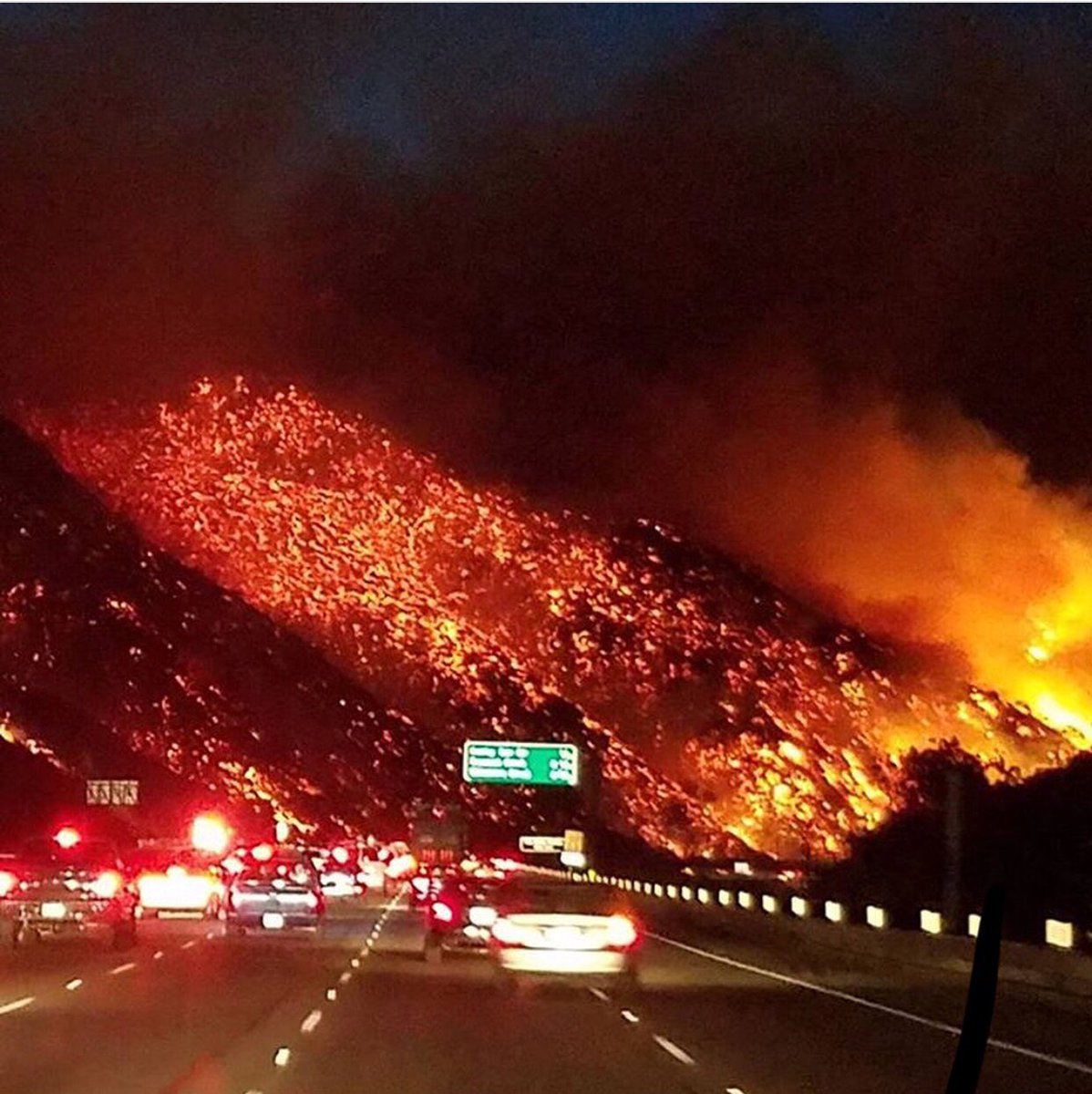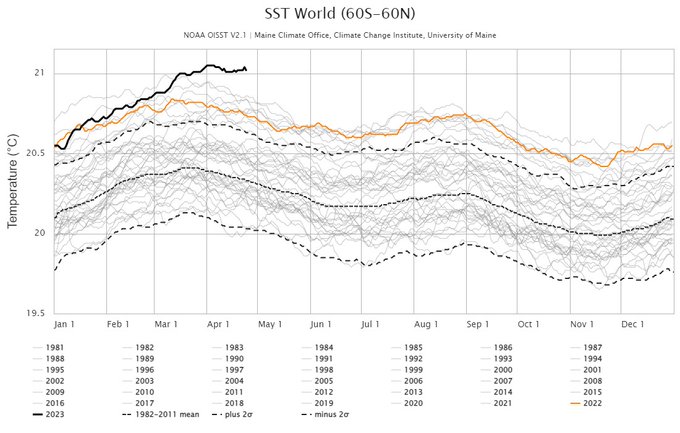For a couple years now, I’ve paired fighting climate change, with fighting fascism. There are a number of reasons for this, but the biggest one, from the climate perspective, is that fascists value power far more highly than the environment, and so they’ll happily continue denying climate science, and using fossil fuels. When it comes to crises that can’t be ignored, well, the recent refugee boat disaster, which I’ve seen some right-wingers celebrating, is a good example of the eco-fascist solution. In the meantime, they are actively terrorizing people just for reporting on what’s happening. An Iowa meteorologist named Chris Gloninger has been getting death threats, some bad enough to give him PTSD, and has decided to resign because of it. Mike Figueredo from The Humanist Report has more:



